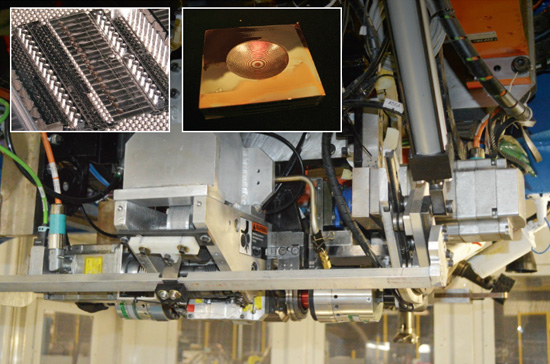RapidMade has saved the Oregon Department of Corrections hundreds of thousands of dollars in door retrofits.
Stop paying outrageous markups to OEMs for current and discontinued parts.
Create your own digital parts library and order parts on demand for less.
Re-engineer your parts to last longer and perform better.
Original Equipment Manufacturers (OEMs) often sell spare parts at markups as high as 10 to 15 times what it costs. Worse yet, they often have incentives for planned obsolescence before the end of the machine's life, so they can force you to buy a new one
At RapidMade, we can give you control of your inventory by reverse engineering OEM parts into a digital library from which you can order parts on demand with lead times as little as two days and quantities as few as a single part.
Our team of dedicated engineers can redesign your critical parts to improve performance by eliminating flaws in the original design, using new materials and modern manufacturing techniques.
Our 60 years of experience has already been applied in other industries to improve the performance of thousands of parts. Contact us today to get started or click here to learn more.



















